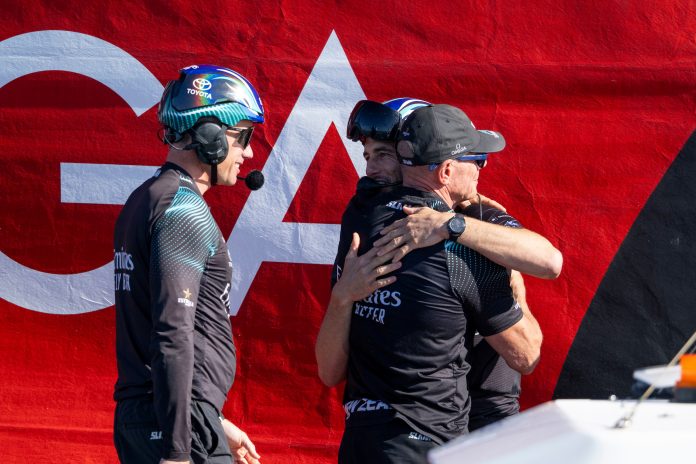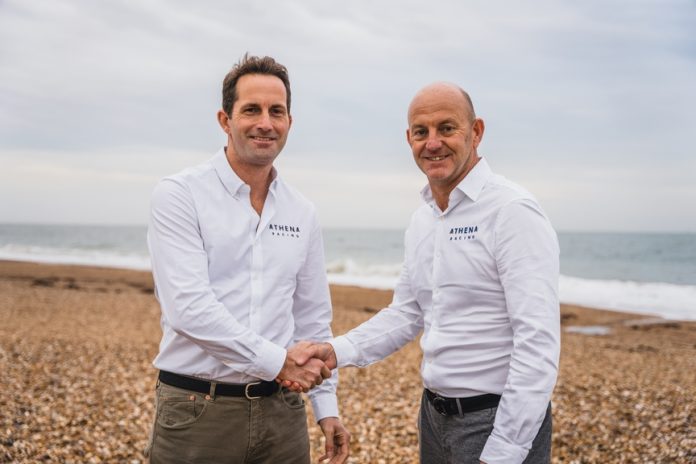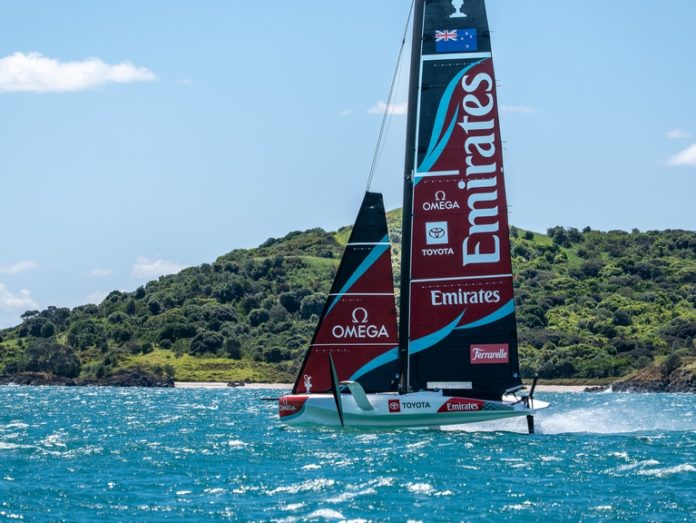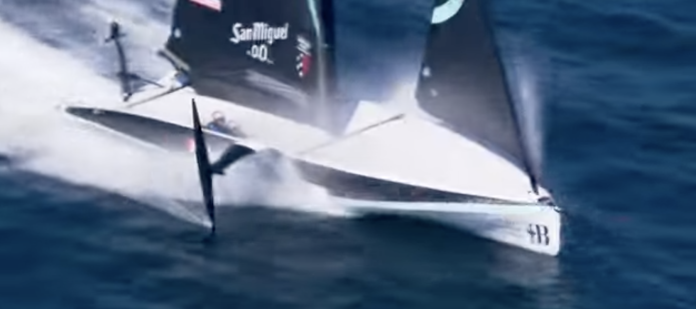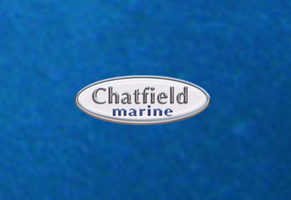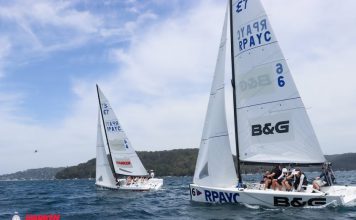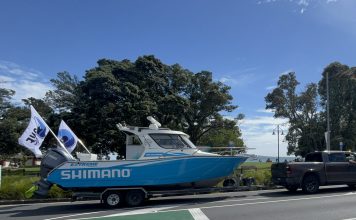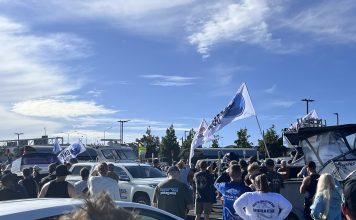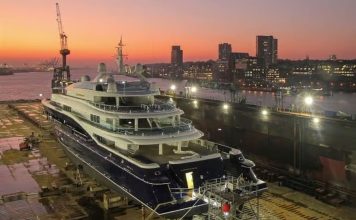It wasn’t in the glare of a press conference that the real change happened. It was in a room in Auckland, papers on the table, as the Royal New Zealand Yacht Squadron (RNZYS) and Emirates Team New Zealand signed the most radical America’s Cup Protocol since the race began in 1851 — alongside the Royal Yacht Squadron Ltd and Britain’s Athena Racing.
This is the Protocol for the Louis Vuitton 38th America’s Cup, and on the surface it reads like a meticulous rulebook. Look closer and it’s a blueprint for a new way of running the Cup — one that encourages the growth of the sport, shares power, caps spending, rethinks crew roles, and might just change the event’s DNA.
A new governing force
The headline change is the creation of the America’s Cup Partnership (ACP) — a joint body where every competing team has equal authority. For a contest steeped in Defender–Challenger politics, this is a seismic break from tradition.

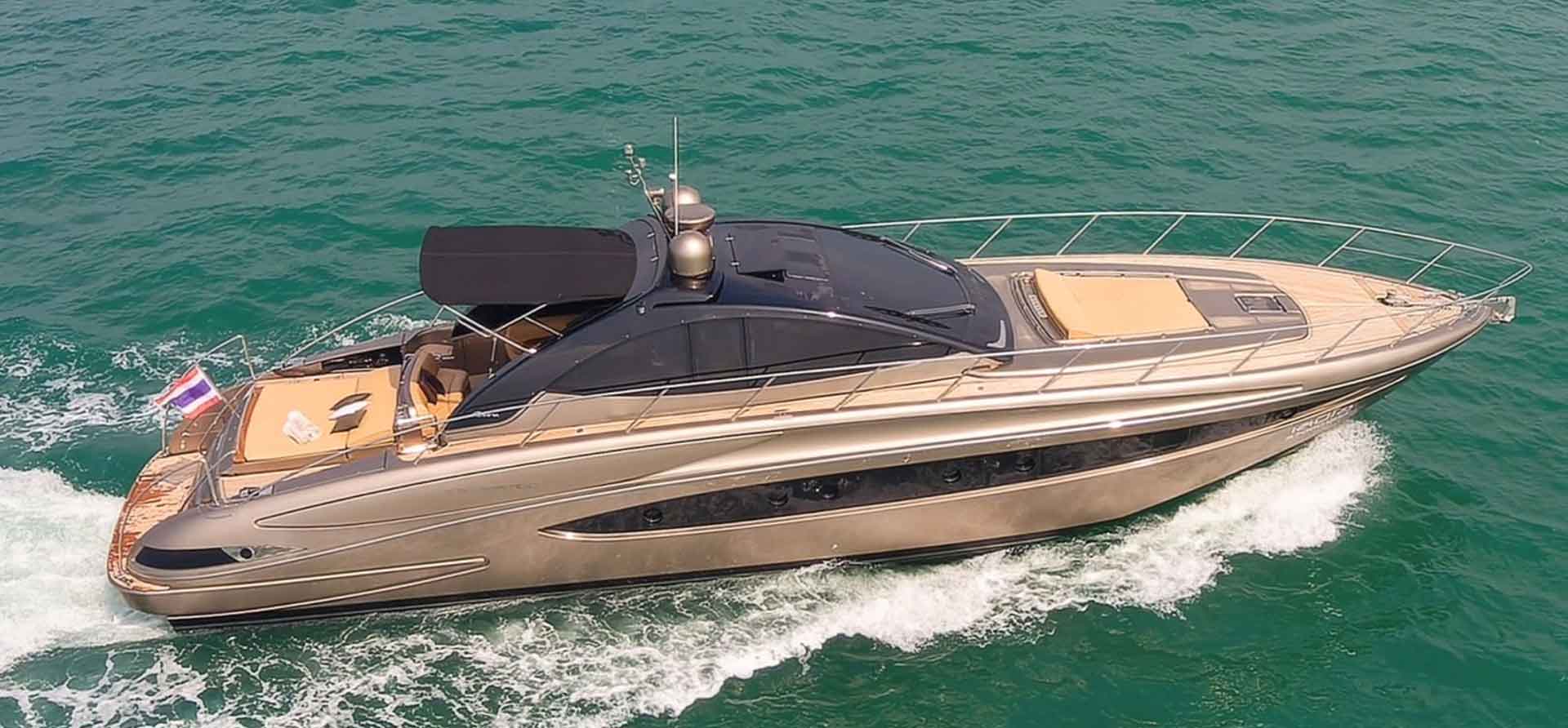
In past cycles, the Defender had the final word on format, timing, and commercial control. Now, those decisions will be made collectively, with the ACP managing both the on-water spectacle and the off-water business — from racing formats to media rights.
Sir Ben Ainslie of Athena Racing calls it “a unified commitment to the future of the sport.” RNZYS Commodore David Blakey sees it as a platform to “promote pathways for young sailors and develop the sport in New Zealand.” The risk? Equal governance could just move the battles from the racecourse to the boardroom. The opportunity? If it works, it could set a new standard for international yacht racing.
The new economics of the Cup
The €75 million cap (around NZ$146 million) is both an equaliser and a potential flashpoint. It lowers the barrier for emerging teams, while forcing high-budget campaigns to curb spending. In theory, this could bring smaller challengers closer to matching the pace of the sport’s traditional heavyweights.
Boat design changes
The AC75 — still the pinnacle class — will sail into Naples looking leaner and more electric. The crew drops from eight to five, with lithium battery systems replacing the raw muscle of grinders and cyclors. That alone changes the design equation: less weight forward, more reliance on foil efficiency, and a premium on control system precision.
Hull restrictions add another layer: returning teams must use their AC37 hull if available; new teams can only buy an existing boat or build to the AC37 design. That could limit the “design arms race” — but will also test designers’ ingenuity in extracting new performance from proven shapes.
Nationality rules
With crew numbers reduced from eight to five, the nationality rule both tightens and loosens — two sailors plus the mandatory female sailor must be nationals, while two non-nationals are allowed. For those juggling commitments between the SailGP circuit and the America’s Cup, the shift could prove challenging. Limited spots and stricter eligibility may see some hopefuls unexpectedly sidelined, while others could be forced to make a clear-cut choice between committing to the America’s Cup or focusing on the SailGP circuit.
And in a nod to the sport’s future, the Women’s and Youth America’s Cup regattas continue, with each team also required to field a women/youth AC40 crew in the preliminary circuit.
Commercial, media, and the guest racer factor
The guest racer programme — placing a VIP, sponsor, media figure, or influencer aboard an AC75 during live racing — could be the Protocol’s most eye-catching commercial move. Few elite sports offer this kind of access, and for sponsors it’s instant storytelling gold. It also raises the intriguing possibility of an On Board Reporter role emerging, much like in The Ocean Race.
With a predictable bi-annual schedule now written in, broadcasters, host cities, and partners can invest over multiple editions. That stability has been the Cup’s Achilles’ heel for decades; if it sticks, it could transform its commercial reach.
Naples 2027: What to expect
Naples brings drama before a single race starts. It’s a city of grand piazzas, volcanic backdrops, and a harbour that can throw up tricky sea states — a far cry from the flat-water precision of Barcelona.
The Louis Vuitton Cup challenger series will feature a blend of fleet and match racing to keep all teams in play longer, followed by semi-finals (first to five) and finals (first to seven) to decide who meets the Defender in July 2027. Expect Italian passion, a Mediterranean breeze that can shift in an instant, and a fan experience that blends history with high-speed theatre.
Beyond AC38: The long game
If the ACP delivers, the America’s Cup could finally achieve the rhythm and stability it has lacked — a reliable two-year cycle, predictable formats, and shared governance. That would give marine industries, sponsors, and even local sailing programmes the confidence to plan ahead.
New Zealand’s marine sector stands to benefit, with steady timelines for design, build, and refit work. Pathways for women and youth sailors could become embedded in the Cup’s culture. And a cost-controlled, commercially stable America’s Cup might attract entirely new nations to the contest.
But it’s a fragile balance. The same governance structure that promises unity could be strained by competing commercial interests or disputes over cost-cap enforcement. The batteries that now power the AC75s could demand innovations we can’t yet see — or expose weaknesses under pressure.
For now, the Protocol is both a bold leap and a calculated evolution. It preserves the magic of the Auld Mug while attempting to future-proof it — and, crucially for New Zealand, it keeps the country’s sailors, designers, and shipyards at the beating heart of the Cup’s story. Naples 2027 will show if this new course can hold, or if the sport’s oldest trophy is still at the mercy of shifting winds.








